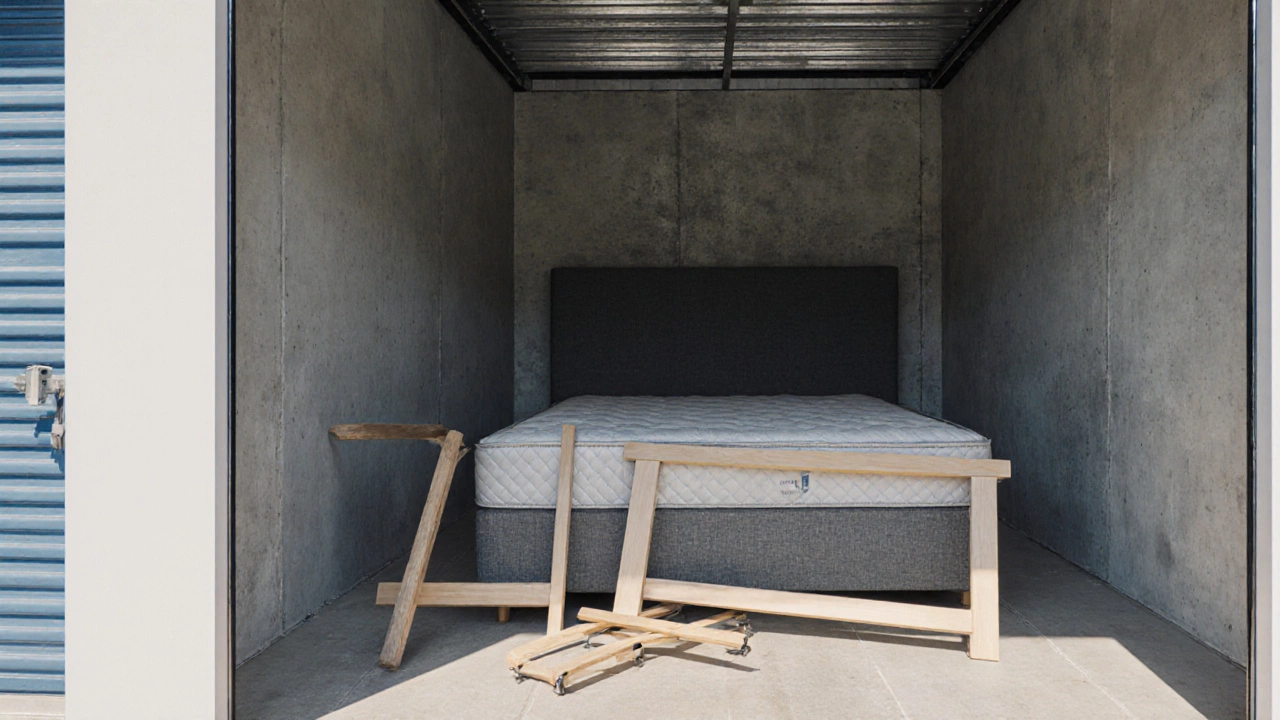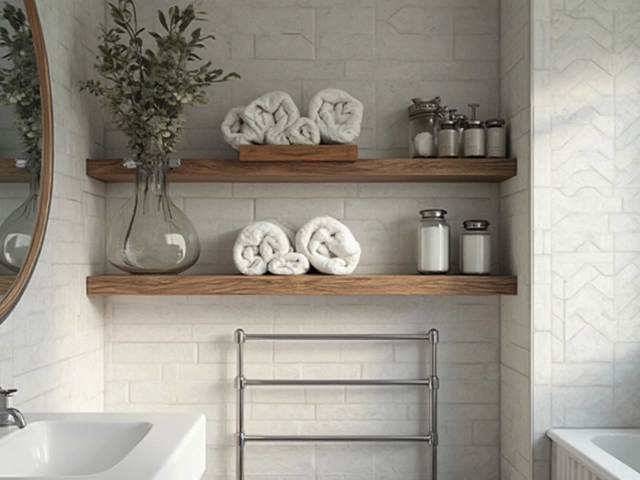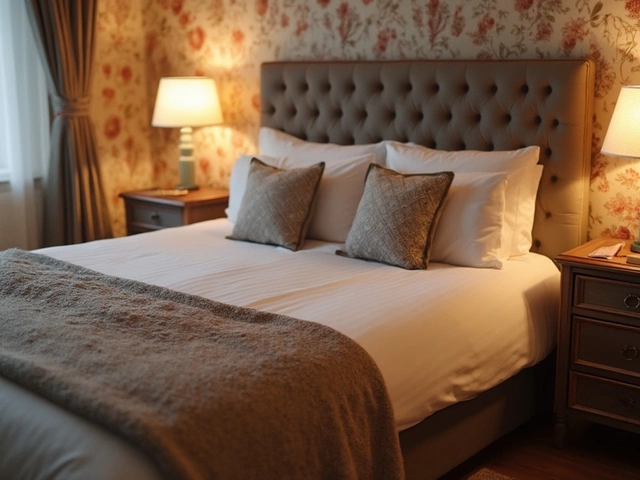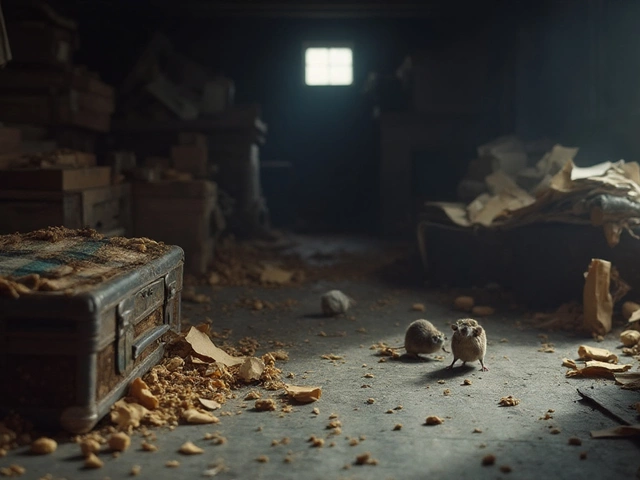King Bed: Size, Style, and How to Style It for Maximum Comfort
When you think of a king bed, the largest standard bed size in most homes, designed for couples who want space to move and sleep comfortably. Also known as a California king in some regions, though not the same, it's the go-to choice for people who want room to stretch out without elbowing their partner. A king bed isn’t just bigger—it changes how you use your whole bedroom. It needs space, balance, and thoughtful styling to feel right, not just crowded.
Most king beds measure 76 inches wide by 80 inches long, which is 16 inches wider than a queen. That extra width isn’t just for show. It lets you fit two twin XL mattresses side by side, which is why many couples with different sleep preferences choose this setup. You can also fit a king bed with a headboard, nightstands on both sides, and still have room to walk around. But if your room is under 12 by 12 feet, you’ll feel it. That’s why layout matters more than you think. The bedroom furniture, including nightstands, dressers, and wardrobes, that work around a king bed to create a functional and calming space needs to be sized right. Too big, and you’re stuck. Too small, and it looks lost.
Then there’s the mattress size, the actual sleeping surface that must match the frame, and affects everything from bedding fit to airflow and support. A king mattress isn’t just about comfort—it’s about how it pairs with your sheets, duvet, and even your room’s lighting. Oversized bedding looks luxurious. Too-tight sheets look cheap. And if you’re using a platform bed or a frame with storage, you need to know the exact dimensions so nothing sticks out or gets stuck.
Styling a king bed isn’t about piling on pillows. It’s about balance. A low-profile headboard makes the room feel taller. A tall, upholstered headboard adds warmth. You can layer a quilt, a duvet, and two or three accent pillows—but no more. Too many pillows look messy, not cozy. The best king bed setups use texture: linen, cotton, wool, or even a faux fur throw at the foot. Lighting matters too. Bedside lamps should be at eye level when you’re sitting up. If you’ve got a window behind the bed, consider blackout curtains. Light control makes a king bed feel like a sanctuary, not just a place to sleep.
People often think a king bed is only for big homes or master suites. But even in smaller rooms, it can work—if you plan smart. Use floating nightstands. Choose a bed with built-in drawers. Skip the bulky dresser and go for a tall, narrow wardrobe. The bedroom decor, the collection of items like rugs, wall art, mirrors, and lighting that turn a sleeping area into a personal retreat should feel calm, not cluttered. Neutral tones help. A bold rug under the bed can anchor the space. And don’t forget the walls—art above the bed, even a single large piece, makes the whole room feel intentional.
You’ll find posts here that show how to pick the right frame, how to make a king bed look expensive without spending a fortune, and how to fit one into awkward spaces. Some talk about mattress types that last. Others show how lighting and curtains change the whole vibe. There are even budget tricks for styling it like a hotel suite. This isn’t just about buying a big bed. It’s about building a room that feels like yours—and where you actually want to spend your time.






